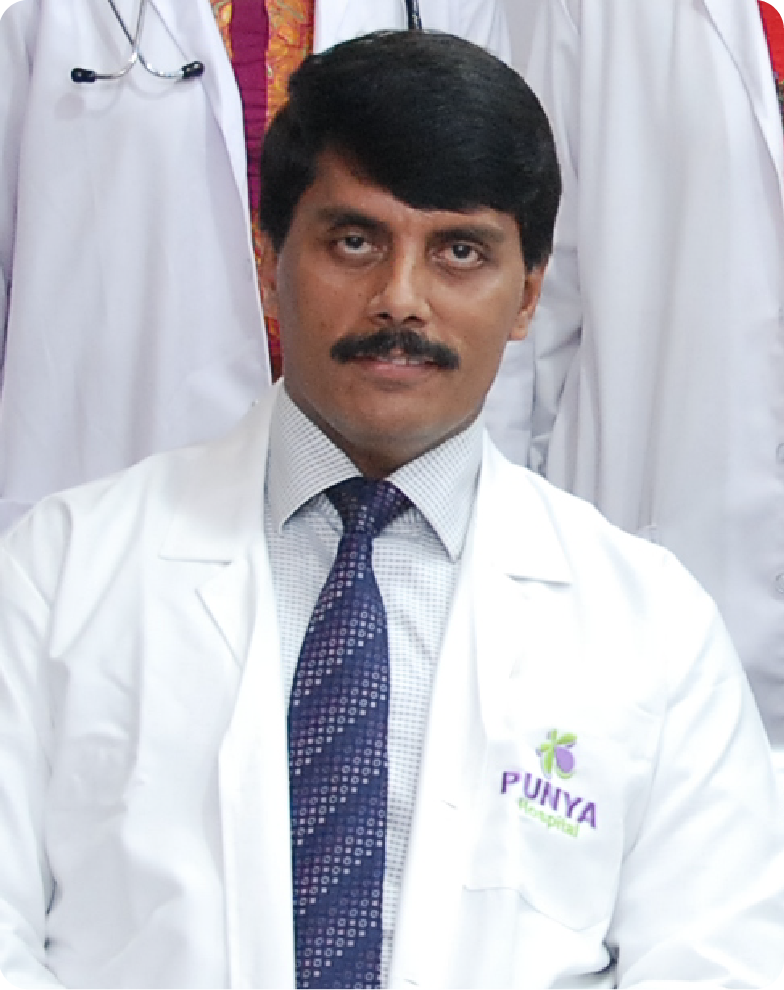Splenoraphy
Lap Splenorrhaphy
Spleen is the organ in human beings which act as blood filter and plays an important role in the immune system of human beings. White blood cells contained in the spleen help in destroying the bacteria and safeguard the body from infections. Similarly the red blood cells produced by spleen helps in removing the older red cells from the circulating blood. Injury may be caused to spleen during an operation or it can occur in a motor vehicle accident or in blast injuries. Illnesses like mononucleosis, liver disease and blood cancer can cause the spleen to enlarge making it vulnerable to rapture in accidents. These injuries can result in blood loss which can be life threatening. If an injury to spleen is detected, the surgeons usually try to repair it by following the surgical procedure known as splenorrhaphy. If spleen is damaged beyond repair conditions, removal of spleen is the only option.
Symptoms of injured spleen
Important and common symptoms of a damaged spleen pain in the abdomen or in the shoulder. The patient may feel dizziness due to massive blood loss and may also have flank bruising. The internal bleeding of an injured spleen can lead to drop in blood pressure which may cause blurred vision, paleness, restlessness etc.
Diagnosis
Doctor may conduct a physical examination to find whether the abdominal area is swollen and hard. Doctor may conduct tests on sample fluid taken from the abdomen to find the presence of blood in it. A CT scan will be conducted to determine the rate of bleeding of the spleen.
Open surgical procedure is not suitable in cases like vena cava thrombosis, hyperbilirubinanemia, portal vein thrombosis etc. Minimally invasive procedure also known as laparoscopic procedures under ultra sonic or CT guidance are made use of for the following purposes like stenting, dilation, drainage etc.
Preparations for surgery
For laparoscopic procedure three to four incisions of the size 1 to 2 cms are made in the upper part of the abdomen. This procedure is generally carried out under general anaesthesia. Through one of the small incisions a laparoscope is inserted into the belly. Laparoscope is a special instrument with a light source and a camera on one end of a long flexible tube. The other end of the tube will be connected to a monitor placed in the operation theatre. The videos taken by the camera showing the surgical procedure being carried out will be visible to the surgeon in the monitor in front of him. Seeing these videos the surgeon carries out the surgery controlling the miniature instruments intended for this surgery. These miniature instruments are inserted into the body through other small incisions already made. In the surgery the surgeon will try to stitch together the injured parts of the spleen and if necessary some portion of the spleen will be cut and removed through one of the incisions specially made for this purpose.
Recovery
For laparoscopic surgery, the recovery is very faster and only one or two day’s hospital stay will be enough in most cases. After laparoscopic surgery sharp shoulder pain will be experienced by most patients and this will not last longer than three or four hours. The patients can take normal bath one day after the surgery. The patients will be encouraged to go for a short walk as early as possible to avoid the possibility of abnormal blood clotting and to improve the lung functioning. On the night after surgery the patients will be given only liquid food and the day after surgery they will be allowed to eat solid food. After about one week the patient will be scheduled for a post operative check up. If nausea or vomiting persists 24 hours after the surgery, the patients are expected to report the matter immediately to the surgeon.
OUR TEAM

Dr. Nagaraj B Puttaswamy
Senior Consultant - Laparoscopic Surgeon Bariatric Surgeon and Surgical Gastroenterologist


